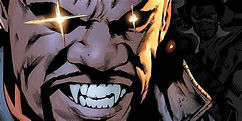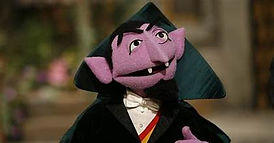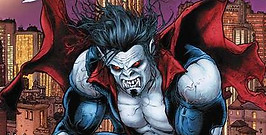Vampires: A primer
At its heart, the vampire myth centers on the idea of a being that feeds on the life force of others—most commonly through blood. This act isn’t just physical; it’s symbolic. It represents a profound violation of boundaries, a parasitic dependency, and an imbalance of power.
Vampires are also defined by their undead status. They are neither fully alive nor fully dead, suspended in a liminal state that defies natural order. Often cursed or transformed through unnatural means, their existence challenges the boundary between life and death.
Vampires are also vulnerable to symbols of purity and protection. Garlic, holy water, sunlight, and religious icons are common deterrents. In many traditions, the vampire’s destruction requires not just physical force, but spiritual cleansing.

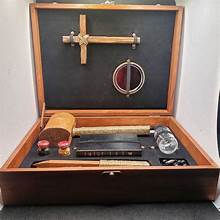
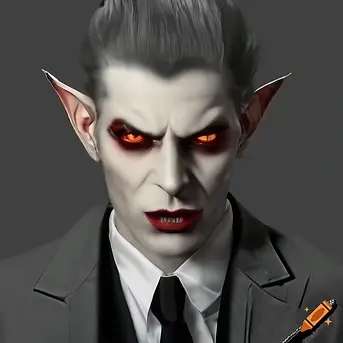
Historically, vampire myths often emerged during times of disease and death. Plague outbreaks, tuberculosis, and rabies led communities to seek supernatural explanations for suffering. Decomposition signs—bloated corpses, blood at the mouth—were misread as evidence of vampirism. Diseases like tuberculosis and rabies may have inspired vampire traits—pale skin, sensitivity to light, aggression, and bleeding lesions. Porphyria, a rare blood disorder, was once linked to vampirism due to symptoms like light sensitivity and gum recession. Finally, vampires embody a range of symbolic archetypes. As seducers, they represent dangerous desire and manipulation. As monsters, they reflect fear of the other and loss of humanity. As tragic outsiders, they evoke alienation and moral conflict. And as parasites, they symbolize exploitation and dependency. These archetypes make vampires endlessly adaptable, capable of reflecting the anxieties and contradictions of any culture that imagines them.
A VAmp by any other NAme
Before Dracula ever stalked the pages of Bram Stoker’s novel, vampire myths had already sunk their teeth into cultures across the globe. From the skin-shedding witches of Haiti to the organ-trailing Penanggalan of Malaysia, these legends reflect deep-rooted anxieties about death, desire, disease, and power. This list offers a sweeping look at over 30 vampiric figures from around the world.
1. Romania – Strigoi
Meaning: Latin strix (“screech owl”)
Traits: Undead; drinks blood; shapeshifts; haunts family
2. China – Jiangshi
Meaning: “Stiff corpse
Traits: Hops; drains life force (qi); sensitive to sunlight
3. Philippines – Aswang
Meaning: Possibly from Sanskrit asura (“demon”)
Traits: Shape-shifter; preys on pregnant women
4. Ghana (Ewe) – Adze
Meaning: Possibly “fly” or “spark” in Ewe
Traits: Firefly form; drinks blood; possesses victims
5. Malaysia – Penanggalan
Meaning: Malay tanggal (“to detach”)
Traits: Floating head with entrails; feeds on infants
6. India – Vetala
Meaning: Sanskrit for “ghost” or “spirit”
Traits: Spirit inhabiting corpses; manipulates minds
7. Japan – Nukekubi
Meaning: “Detachable neck”
Traits: Flying head; drinks blood at night
8. Scotland – Baobhan Sith
Meaning: Gaelic “fairy woman” (badhbh = crow, sìth = fairy)
Traits: Seductive; drains blood from men
9. Greece – Vrykolakas
Meaning: Possibly Greek vrykolakas (“wolf”)
Traits: Rises from grave; causes death by gaze
10. Mexico (Nahua) – Tlahuelpuchi
Meaning: Nahuatl “illuminated one who flies”
Traits: Witch; drinks infant blood; moon-linked powers
11. Suriname – Asema
Meaning: African root meaning “witch” or “soul thief”
Traits: Shape-shifting witch; drinks blood
12. Germany – Alp
Meaning: Old High German “elf” or “nightmare spirit”
Traits: Sits on chest; drinks blood; causes nightmares
13. Bolivia – Abchanchu
Meaning: Quechua origin; possibly “deceiver”
Traits: Old man disguise; drinks blood
14. Mongolia – Badmaarag
Meaning: Mongolian “eternal evil”
Traits: Undead; linked to burial taboos
15. Brazil – Capelobo
Meaning: Portuguese “wolf of the chapel”
Traits: Beast-like; drinks blood; lives in forests

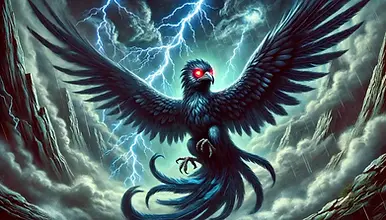
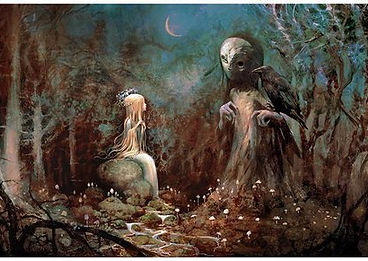
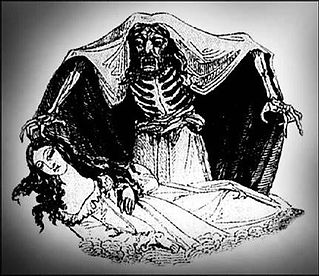


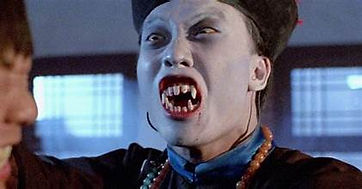
16. Haiti – Bakalou Baka
Meaning: Vodou “animal spirit” or “wild force”
Traits: Red eyes; vampiric spirit; serves sorcerers
17. Serbia – Sava Savanović
Meaning: Personal name; “Sava” is a river and saint
Traits: Mill-dwelling vampire; drinks blood
18. Ireland – Abhartach
Meaning: Old Irish “dwarf” or “short one”
Traits: Dwarf vampire; must be buried upside down
19. Armenia – Dakhanavar
Meaning: Armenian “blood drinker” or “guardian”
Traits: Protects valleys; drinks blood of intruders
20. Portugal – Bruxa
Meaning: Portuguese for “witch”
Traits: Female witch; drinks infant blood
21. Cameroon – Impundulu
Meaning: Zulu “lightning bird”
Traits: Serves witches; drinks blood
22. Aztec (Mexico) – Cihuateteo
Meaning: Nahuatl “divine women”
Traits: Spirits of dead women; haunt crossroads
23. England – Croglin Grange Vampire
Meaning: Named after Croglin Grange; no known etymology
Traits: Rises from grave; attacks through windows
24. Chile – Chonchon
Meaning: Mapuche “owl spirit” or “flying head”
Traits: Flying head; drinks blood
25. Tibet – Bhayangkara
Meaning: Sanskrit “terrifying” or “fearsome”
Traits: Undead guardian; wrathful protector
26. Peru – Canchus
Meaning: Quechua “spirit of the mountain”
Traits: Blood-drinking spirit; linked to highlands
27. USA (South) – Boo Hag
Meaning: Gullah “hag” or “skinless witch”
Traits: Rides victims; drains energy
28. Albania – Kukudh
Meaning: Albanian “evil spirit” or “plague bringer”
Traits: Undead merchant; spreads disease
29. India – Churel
Meaning: Urdu/Hindi “female ghost”
Traits: Drinks blood; linked to unjust death
30. Polynesia – Abere
Meaning: Polynesian “demon” or “cannibal spirit”
Traits: Lures victims; drinks blood
31. Slavic (Russia/Ukraine) – Upir
Meaning: Proto-Slavic “vampire” or “blood drinker”
Traits: Undead; drinks blood; spreads disease
The Monster Among US
This list highlights twelve vampires from film, TV, anime, and literature, each with their own set of "rules." Some burn in sunlight, others don’t. Some drink blood, others avoid it. Their powers, weaknesses, and emotional depth vary widely—from tragic antiheroes to seductive predators to scientific anomalies.
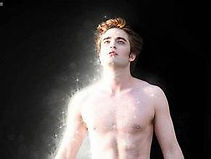

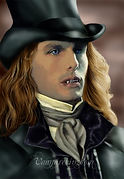
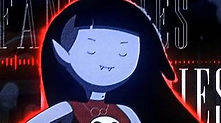
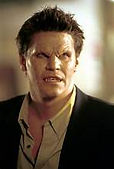
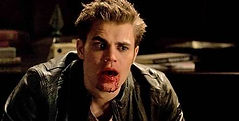
12 Vampires in Modern Media & Their Rules
Edward Cullen (Twilight)
• Sunlight: Doesn’t burn—he sparkles
• Feeding: Drinks animal blood (“vegetarian”)
• Transformation: Venom turns humans slowly
• Seduction: Romantic restraint; idealized danger
• Contrast: Rejects monstrousness for moral beauty
Selene (Underworld)
• Sunlight: Fatal unless hybridized
• Feeding: Rarely shown; more warrior than predator
• Powers: Superhuman agility, memory recall
• Seduction: Cold, lethal elegance
• Contrast: Vampire as soldier, not seducer
Abby / Eli (Let Me In / Let the Right One In)
• Sunlight: Burns skin instantly
• Feeding: Relies on human helper to kill
• Invitation: Must be invited in—bleeds if not
• Seduction: Innocent intimacy; gender ambiguity
• Contrast: Childlike body, ancient soul
Blade (Blade Trilogy)
• Sunlight: Immune—he’s a “Daywalker”
• Feeding: Suppresses bloodlust with serum
• Powers: Hybrid strength, martial arts
• Seduction: Stoic masculinity; moral edge
• Contrast: Vampire as hero, not monster
Lestat de Lioncourt (Interview with the Vampire)
• Sunlight: Fatal
• Feeding: Blood exchange creates fledglings
• Powers: Charisma, musicality, immortality
• Seduction: Flamboyant, narcissistic, theatrical
• Contrast: Vampire as performer and philosopher
Count Orlok (Nosferatu)
• Sunlight: Kills instantly
• Appearance: Rat-like, grotesque
• Feeding: Brings plague-like death
• Seduction: None—pure horror
• Contrast: Anti-romantic vampire; fear over allure
Marceline the Vampire Queen (Adventure Time)
• Sunlight: Causes discomfort, not death
• Feeding: Absorbs red color—not blood
• Powers: Musical manipulation, levitation
• Seduction: Queer-coded charm; emotional depth
• Contrast: Vampire as artist and friend
Count von Count (Sesame Street)
• Sunlight: Enjoys
• Feeding Healthy meals, No bloodlust
• Powers: Obsessed with counting
• Seduction: Comedic inversion of seduction
• Contrast: Puppet
Angel (Buffy the Vampire Slayer)
• Sunlight: Fatal
• Soul: Restores morality and guilt
• Feeding: Struggles with bloodlust
• Seduction: Brooding romantic; cursed love
• Contrast: Vampire as tragic antihero
Morbius (Marvel Comics / Film)
• Sunlight: Tolerant
• Feeding: Artificial blood preferred
• Powers: Echolocation, flight, regeneration
• Seduction: Scientific tragedy; reluctant predator
• Contrast: Vampire by science, not magic
Stephen Salvatore (The Vampire Diaries)
• Sunlight: Can walk in sunlight using a magical ring
• Feeding: Struggles with blood addiction
• Powers: Super speed, compulsion, heightened senses
• Seduction: Brooding romantic
• Contrast: Personal ethics rather than supernatural law
Dio Brando (JoJo’s Bizarre Adventure)
• Sunlight: Fatal
• Powers: Time stop, super strength
• Seduction: Megalomaniacal charisma
• Contrast: Vampire as godlike villain

